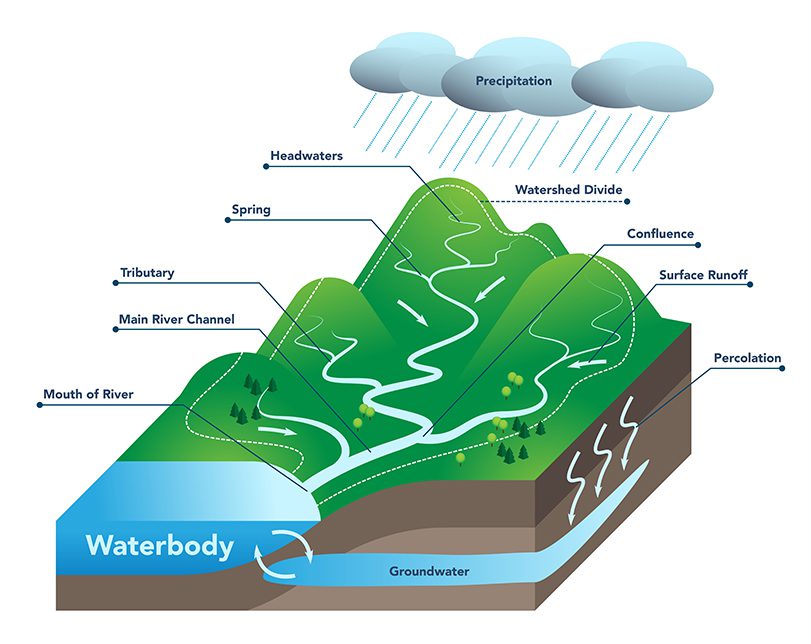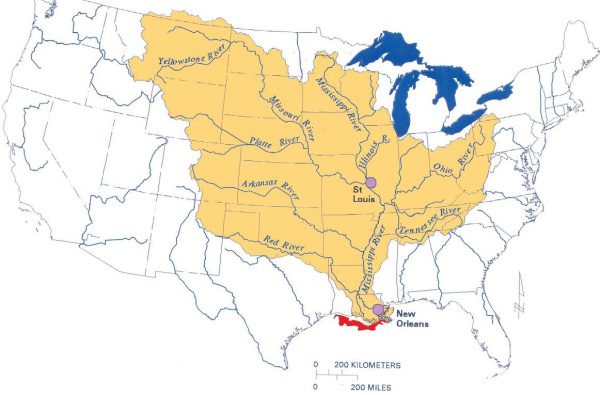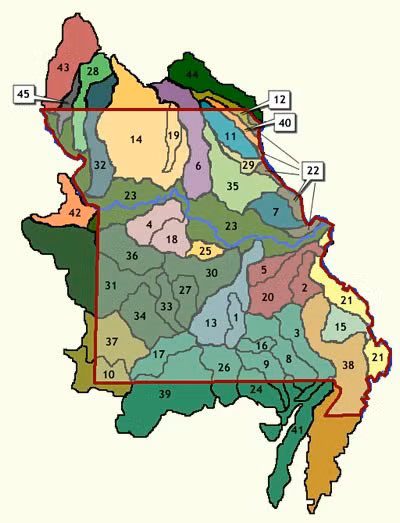What is a watershed?
A watershed is an area of land where all the water—whether from rainfall, snowmelt, or streams—flows into a common body of water, such as a river, lake, or ocean. Watersheds can vary in size from a few acres to thousands of square miles and are defined by high points like hills or ridges that separate one watershed from another.
 Key features of a watershed include:
Key features of a watershed include:
- Drainage Divide: The boundaries of a watershed, often marked by hills or ridges.
- Surface Water: Includes lakes, rivers, streams, wetlands, and reservoirs within the watershed.
- Groundwater: Water that seeps into the soil, replenishing aquifers and springs.
- Human and Ecological Connection: Watersheds supply drinking water, irrigation, wildlife habitat, while influencing ecosystem health.
Protecting watersheds is essential for maintaining clean water, preventing flooding, and supporting biodiversity. Their health is affected by land use, pollution, deforestation, and urban development.
What Are Watersheds Important?
Protecting watersheds is critical for:
- Clean Water: Filtering pollutants and providing safe drinking water.
- Flood Prevention: Managing rainwater and reducing runoff.
- Biodiversity: Supporting diverse plant and animal life.
However, watersheds face threats from pollution, deforestation, and urban development. Active conservation helps maintain their health and benefits and that’s why we exist!
“The health of our waters is the principal measure of how we live on the land.”
– Luna Leopold
Missouri's Watersheds
Missouri is part of the Mississippi River Basin, the largest watershed in the United States. The Missouri River Watershed, the basin’s largest sub-watershed, plays a vital role in the region’s water system. Locally, the Sac River Watershed (marked as #34) and the James River Watershed (marked as #17) are key watersheds in Southwest Missouri. See their locations on the Missouri Watershed Map below.
Mississippi River Basin

Missouri Watershed Map


